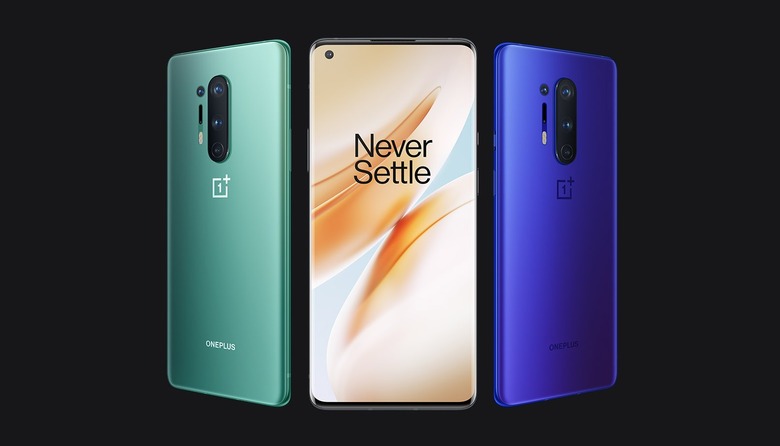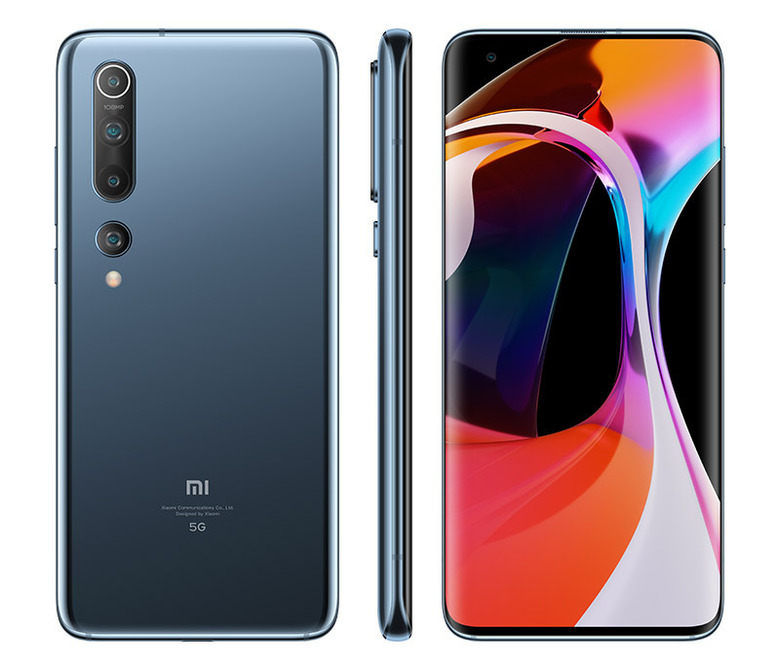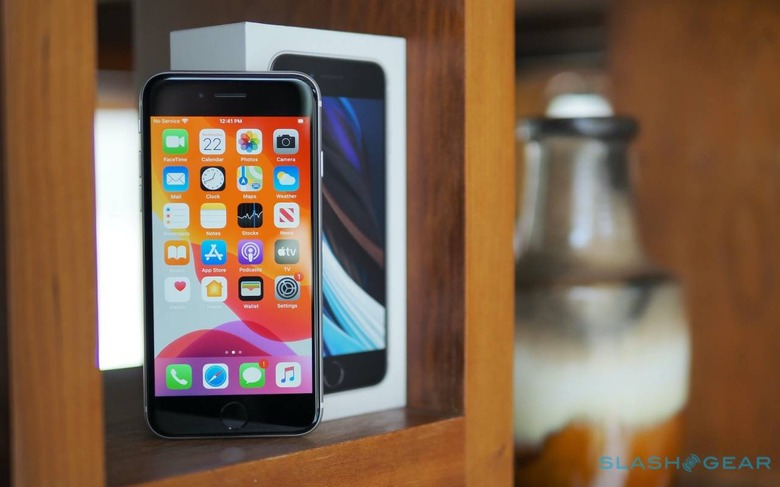2020: Death Of The Flagship Killer Phones
It's the underdog story of the tech world. Every year, we expect to see OnePlus, Xiaomi, Asus and the other underdog fighters that trade blows with the heavyweight champs like the iPhone and Samsung Galaxy S series. These underdog "flagship killers" bring hope to those who believe killer specs does not have to come at a killer price.
We are almost a third of the way through 2020 and few phones have made waves as a legitimate flagship killer. Even OnePlus, which just launched its latest OnePlus 8 and 8 Pro models, isn't bragging about it this year because its phones are priced right up there with the big boys. And from the looks of it, few phones may truly toot that horn this year.
OnePlus has gone full flagship
Let's begin with the obvious – OnePlus is no longer a budget flagship phone it used to be. 2014's OnePlus One in 2014 blew everyone away, with a flagship Snapdragon 801 SoC, 3GB RAM and a big, 5.5-inch 1080p LCD display priced at just $299. The Chinese brand kept its status each year, although prices would inch upwards by around $40 each year. By 2018, it had crossed the $500 mark, and inevitably, hit close to $1000 with this year's OnePlus 8 Pro.
Like it or not, OnePlus is no longer a flagship killer, but has become one with those it tried to kill. And for good reason – the OnePlus 8 Pro is a quality flagship through and through, no gimmicks. Even the less-equipped OnePlus 8 is priced close to Samsung's entry-flagship offerings like the S20. All this leaves a big void in the hearts of consumers and the market.
The state of the market
The market presents a second issue as faith in many Chinese manufacturers have been shaken by trade disputes in the past year. The China trade war put question marks on the long-term support of Chinese tech. Consumers had to put up with months of suspense as the Trump toyed with the deadline to pull US companies out of partnerships with Chinese tech last year. Few would want to risk buying devices that could one day stop running the software we've gotten used to, like Android and Qualcomm.
Chinese phones like OnePlus or Xiaomi and its various spinoffs like the Pocophone and Redmi, have typically been the flagship killers. But the unpredictable relationship of Chinese and US tech could make the international crowd less confident in buying these phones.
Recently released budget flagships other than OnePlus have been relatively quiet in the market too. Despite its Snapdragon 855 and big AMOLED display, the Meizu 16T saw a quiet launch last October. Likewise, other flagship killers like the Realme X2 Pro and Asus Zenfone 6 slipped under the radar despite its friendly prices.
Rising costs
One of the most expensive components of a flagship phone is the processor. Flagship phone buyers expect the latest and greatest, which would be a Snapdragon 865. If manufacturers had it their way, they'd probably forgo this one. The big price jump with the Snapdragon 865 is due to the 5G modem which manufacturers claim are almost double the price of last year's Snapdragon 855. Flagship killers will struggle to keep prices low or have to make do with old specs.
Flagship killers have also rarely been in the race for best cameras. They may have the RAM and processors to match the big boys, but never the cameras to appease the shutter-savvy crowd. Camera modules today are getting more complex. Flagship trends see up to five sensors on a single device, from multiple lenses and even time-of-flight sensors. The costs will only rise.
A new approach
Google and Apple seemed to have cracked the code with phones that excel at just one or two features while keeping being genuinely low-priced. Of course, these are the Pixel 3a and iPhone SE, respectively. One excels at taking photos and the other excels at, well, being Apple. And buyers have lapped the Pixel 3a up, with the iPhone SE likely to be a hit as well.
While basic devices like these may not be what flagship killer buyers are looking for, they do present a point. Flagship or not, budget-oriented phones need to pick their battles – and they have to win. The latest flagship killers try to cram everything in, but this approach is showing its flaws. These phones are buckling under the pressure of rising camera and processor costs. Their prices are getting too close to actual flagships, but many of these budget flagships couldn't possibly offer the same long-term support to justify the price.
Whether its ditching wireless charging, opting out of 5G, or a camera module less, the flagship killers of the past always lacked a just a few features to keep to a low price. Success stories like the OnePlus One of old and the Pocophone F1 shows that there is a crowd that is completely fine with slightly less.



